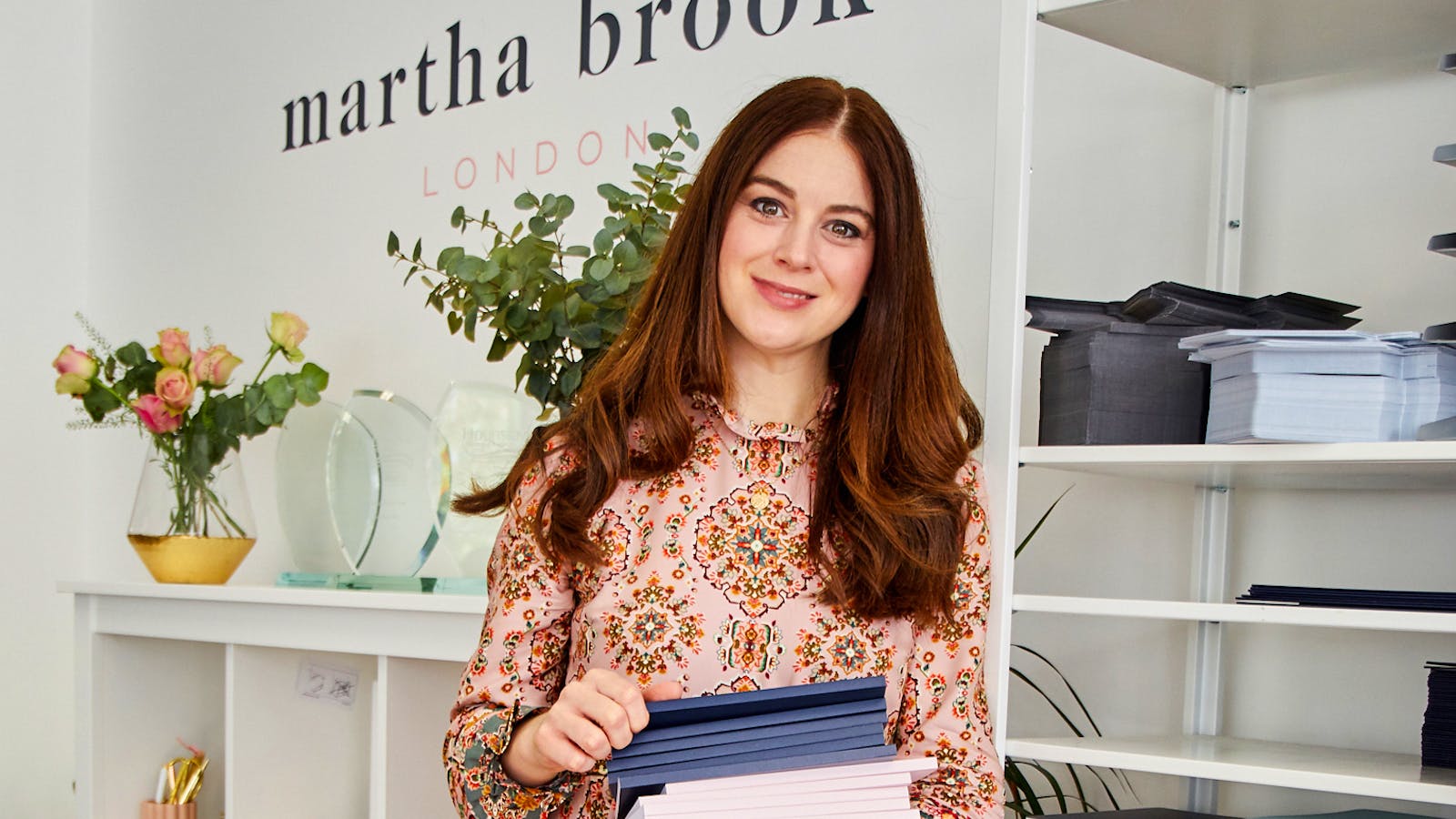And yet the by-product of that ease and the instant nature of emails, WhatsApps and the like is that our missives have become increasingly more throwaway than the more carefully crafted epistles of the past. While, it is true, the considered email correspondences of some notable figures may still be seen as part of a wider archive, the ready availability of our communications means that the reality is we’re often writing in a hurry and on-the-hop. Few would have bothered to write two-line letters; today they are a standard means of communication. Not exactly the stuff of future volumes of Letters of Note, is it?

Graydon and Anna Carter’s latest venture may not be an exercise in improving our letter-writing skills. It does, however, offer up a way in which our communications can become infinitely more stylish and memorable. Electragram is an online stationery company that allows you to send messages on vintage templates. You may only wish to dash off two lines – but the classic style of the correspondence would inspire anyone, however literary or otherwise, to make those lines as well-crafted and/or as witty as can be. Anna Carter says the idea is that the telegram-style templates ‘inspire the same delight as sending or receiving a handwritten card.’ And, as she told Vogue, she longed for a more memorable way to keep in touch while living abroad, an alternative to the more corporate formality of an email, a less casual and more meaningful substitute for the quickfire text message. ‘I felt, in this new, hurried, technology-focused world, there’s no charmingly personal or way to be in touch with friends and family in the digital space,’ she says. Hear, hear.

You can customise your Electragram stationery, choosing from a range of colours, icons and illustrations – and deliver it via email, text, social media or any messaging app, all of which can be archived as keepsakes. There are classic telegram styles, with black block capitals on a beige background, reminiscent of old Western Union missives, as well as grander, royal-style missives, complete with royal post stamps; others, meanwhile, take the form of classic invitations. Designed by Graydon Carter, the vintage styles are everything. As they say, ‘It made sense as an aesthetic because telegrams revolutionized correspondence. They were used as bearers of momentous things—the sort of things you couldn’t ignore, everything from declarations of love to declarations of war.’

Perfect for anything concise you may wish to send – from birthday greetings to invitations to condolences – we foresee a flurry of messages, from the big important things to on-a-whim summons to friends to come and drink wine in our kitchens.
As their tagline goes: ‘Life is about communication. Make yours extraordinary.’
By Nancy Alsop
September 2022





